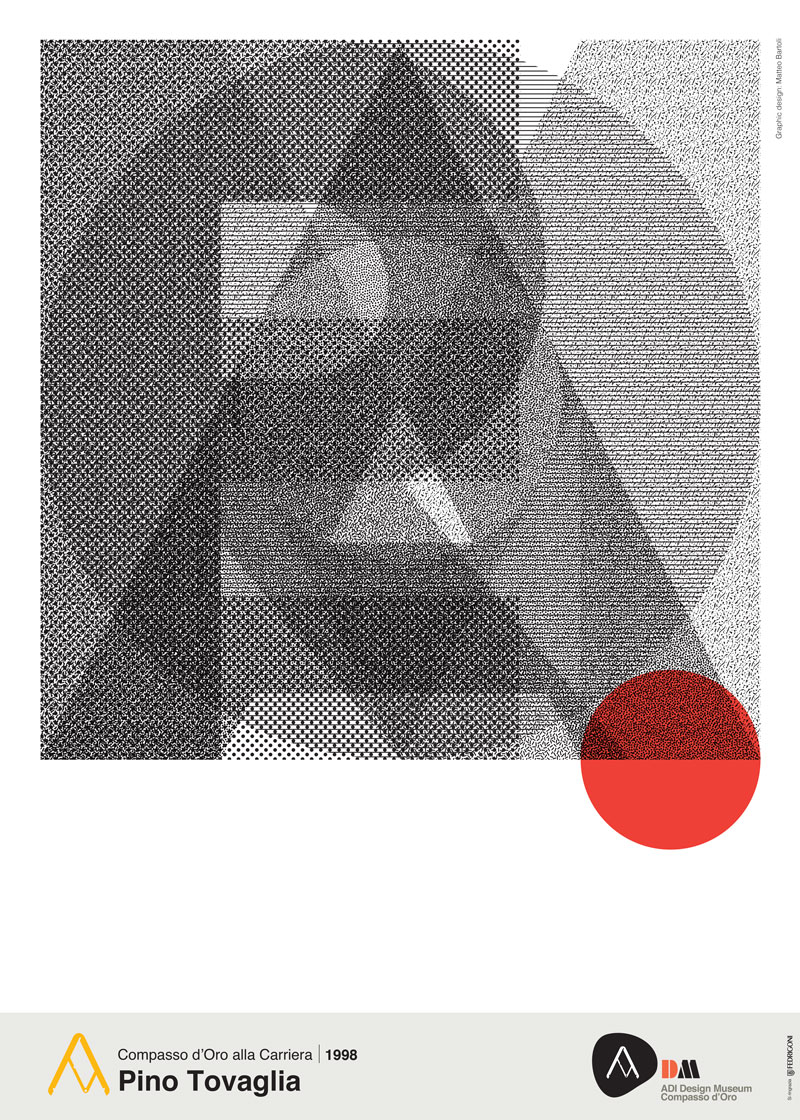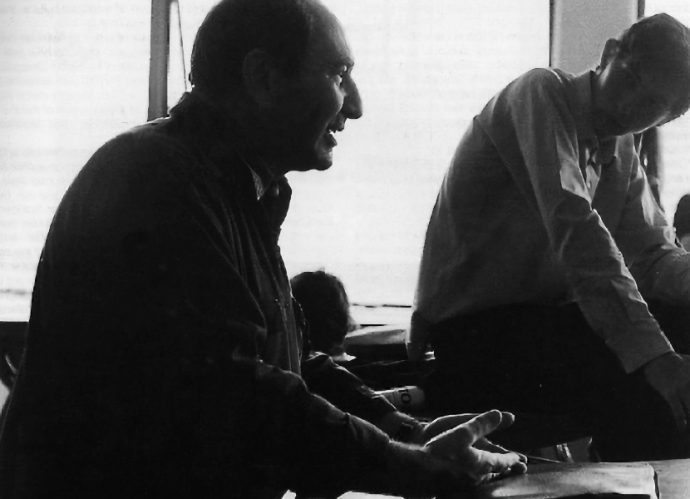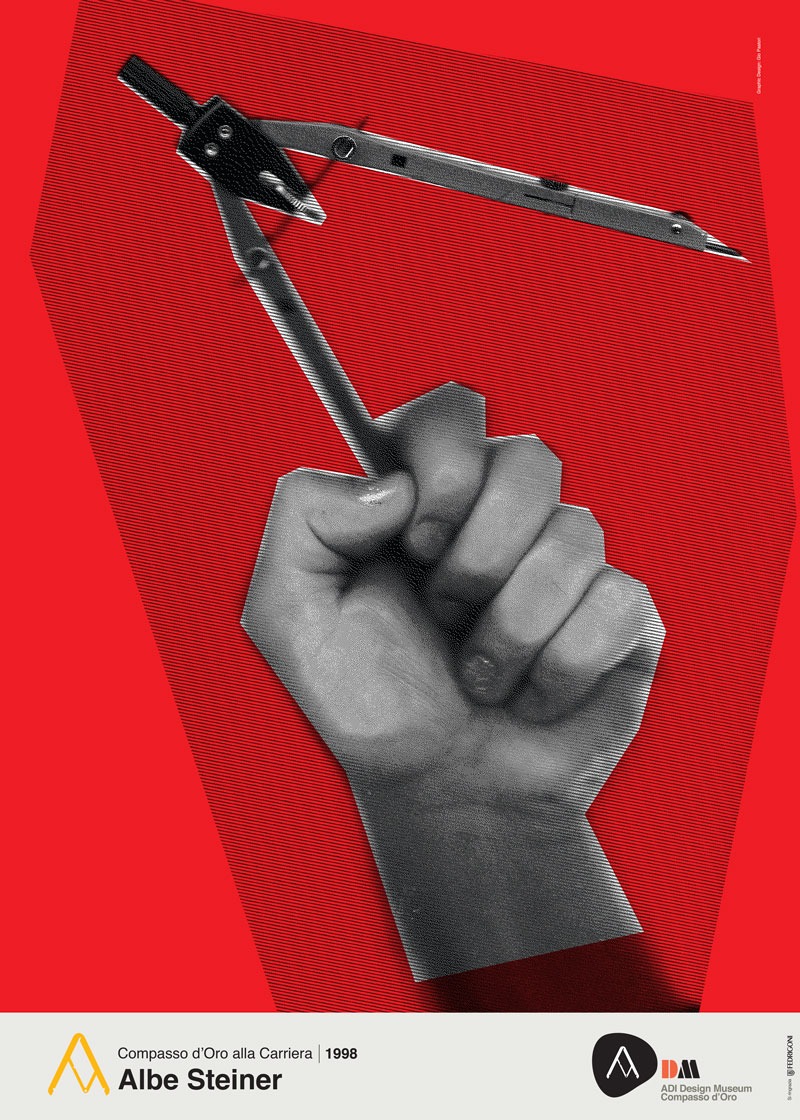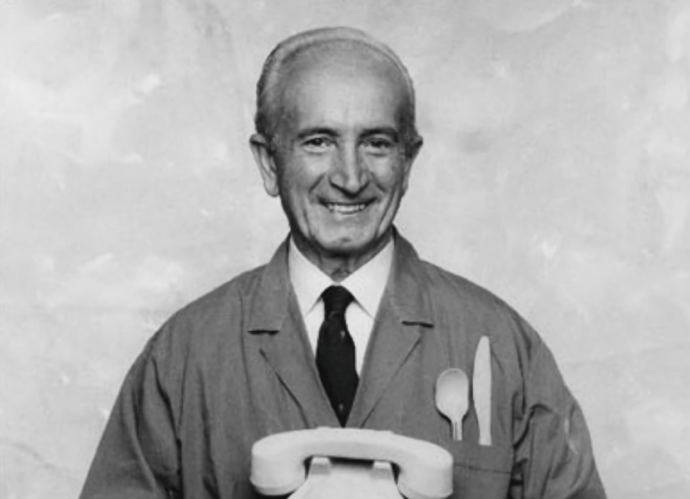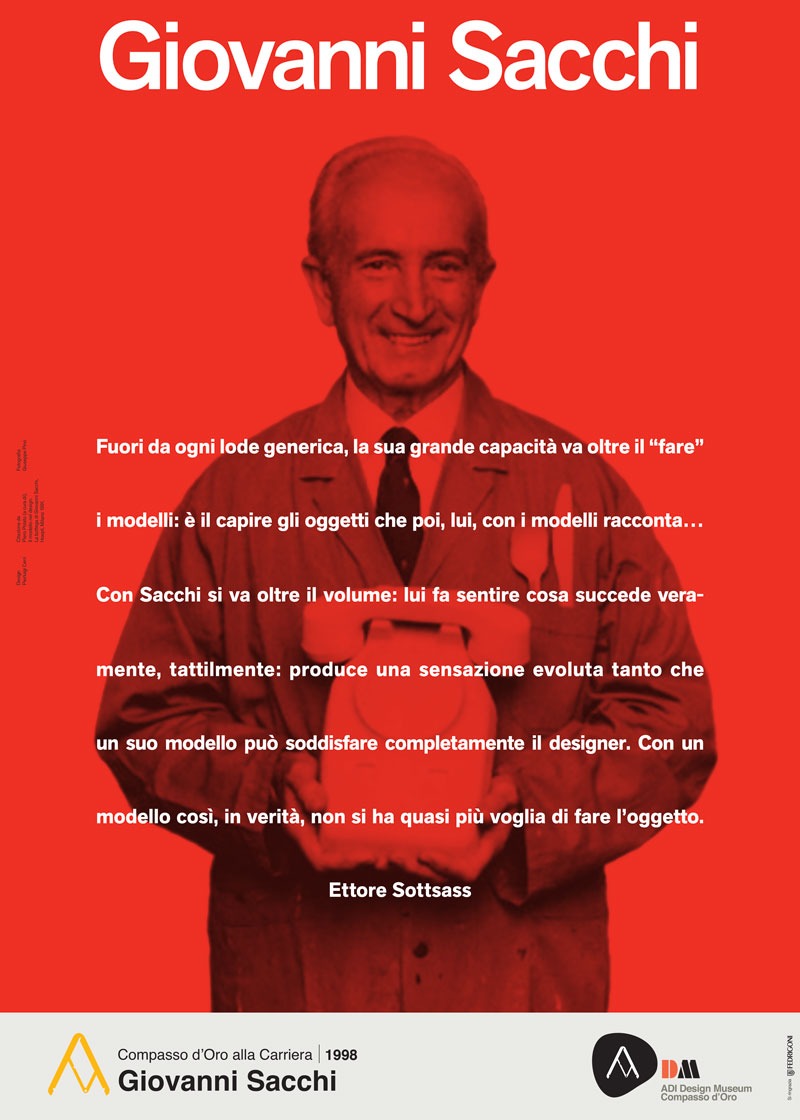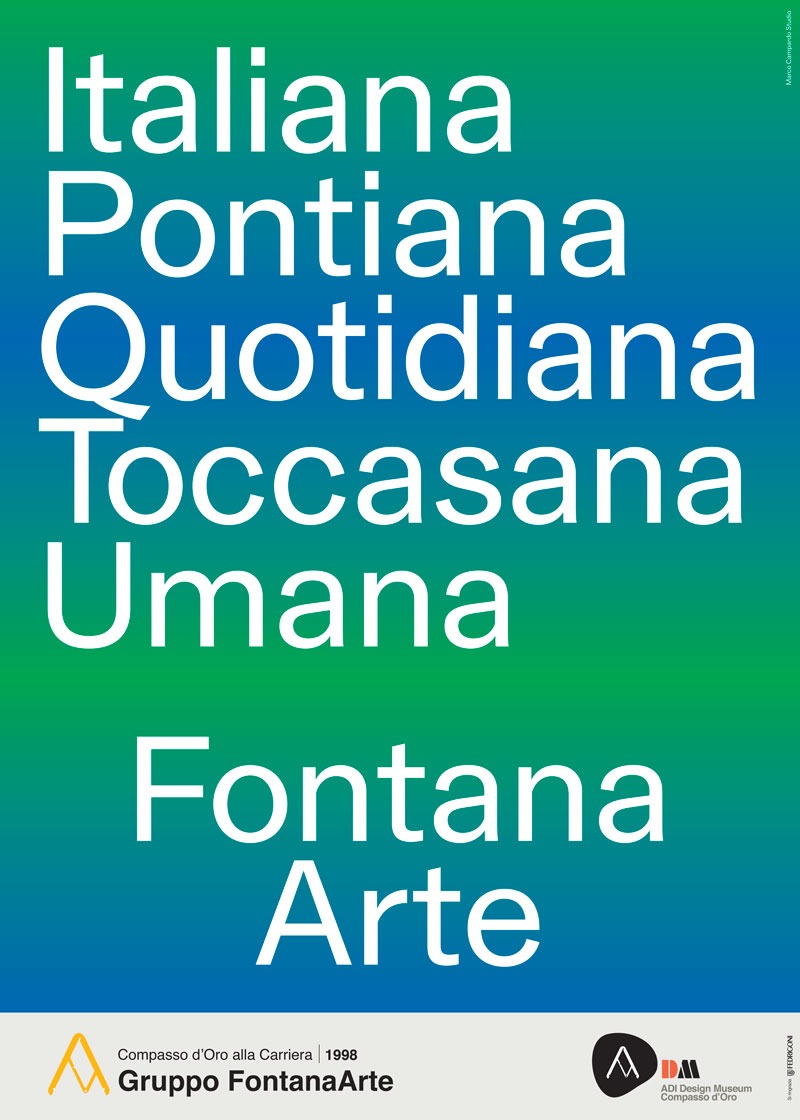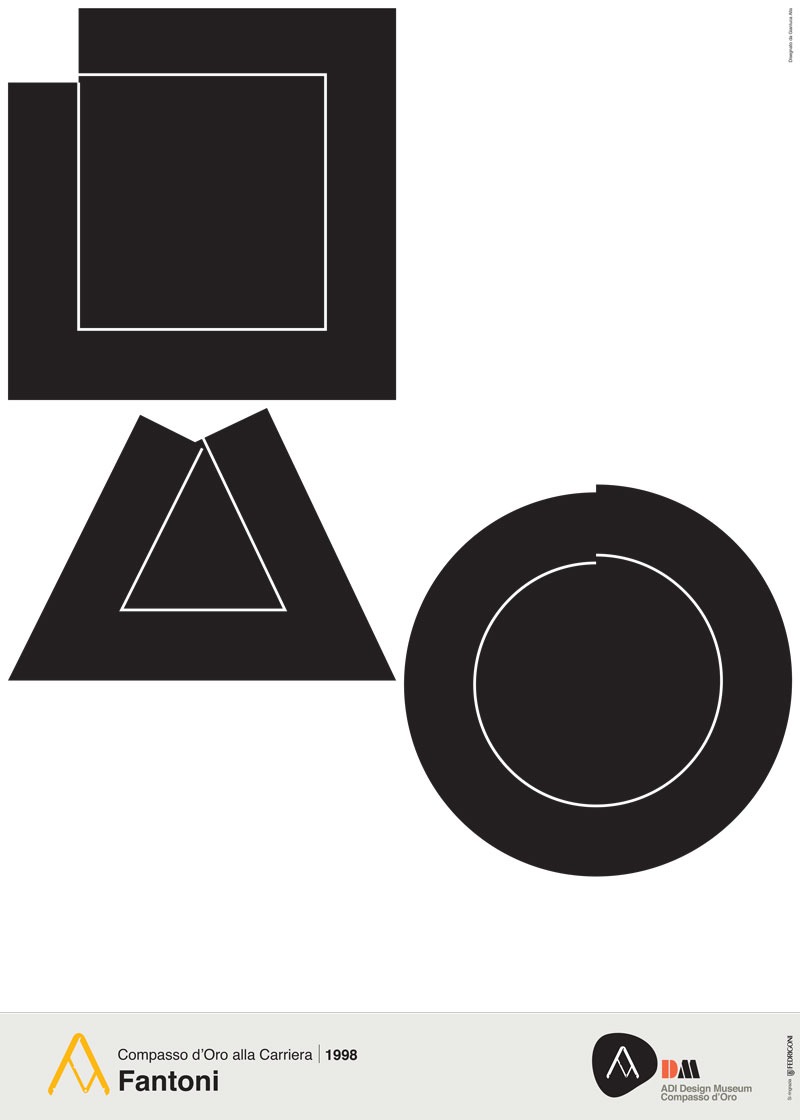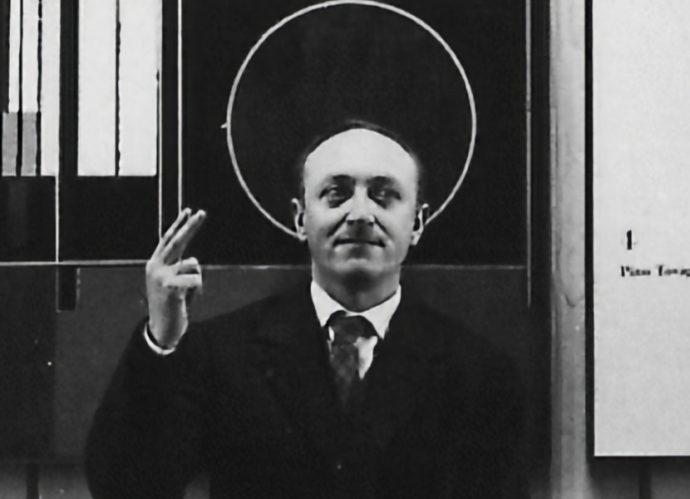
The visual and expressive research of Pino Tovaglia, who died prematurely in 1977 at the age of 54, was among those dominant – yet discreetly and almost timidly, like its author – in the cultural landscape of the post-war development years and leaving indelible marks on graphic design culture, not only in Italy.
Overcoming the distinctions between formal genres based solely on technical differences – as in the now famous Finmeccanica series in the years of Leonardo Sinisgalli in which, for the first time, line and “burnt” photography were integrated into the graphic context – Pino Tovaglia has greatly contributed in practice to the affirmation of the thesis against those “literary genres” which hindered expressive authenticity at that time.
Author of memorable brands from those of Nebiolo and “Ottagono” to that of the new Alfa Romeo and co-author of the brand for the Lombardy Region, Pino Tovaglia developed famous advertising campaigns such as those for Pirelli in the years of Arturo Castellani, Splugen during the reign of Aldo Bassetti and for Total and Lanerossi; activities that earned him the Palme d’Or for advertising. Founder and president of the Art Director’s Club of Milan and the art director of magazines such as “Pirelli” and “RAI”, consultant at la Rinascente in the years of Giovanni Bordoli, and of Italia Nostra, Mondadori, Flos and Einaudi, he taught at the Scuola Superiore d’Arte del Castello, Umanitaria and at Urbino, then starting up the coordinated image course at the Nino Di Salvatore Polytechnic School of Design in Milan, helping to train an entire generation of graphic designers with a new globalized direction.
An advocate of team work, but self-taught and a researcher by instinct and reasoning; free and independent, logical and subtle, Pino Tovaglia has been able to translate the great themes into the experience of the “everyday” in an approach from which we all still have a lot to learn.
It is primarily for this reason that the Compasso d’Oro is intended to act in memoriam.
